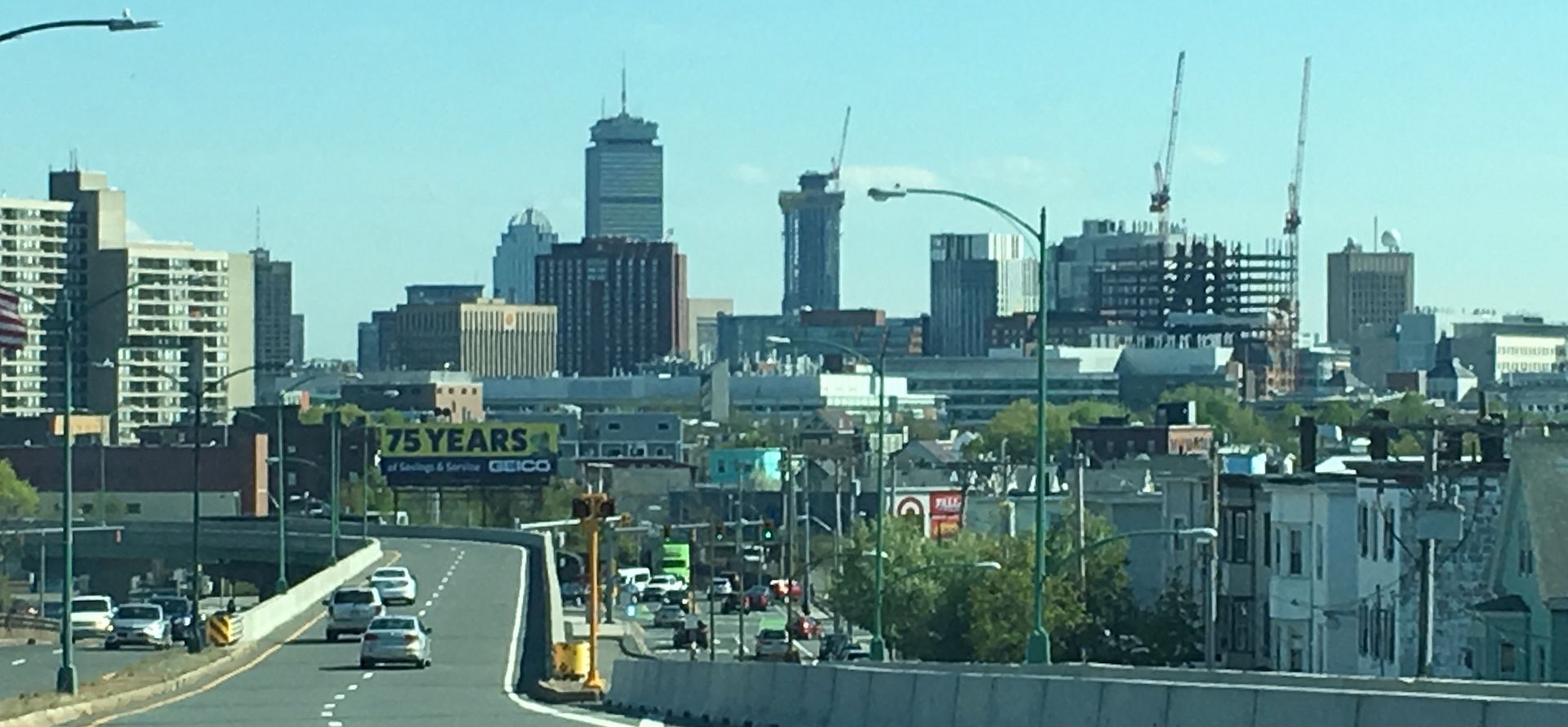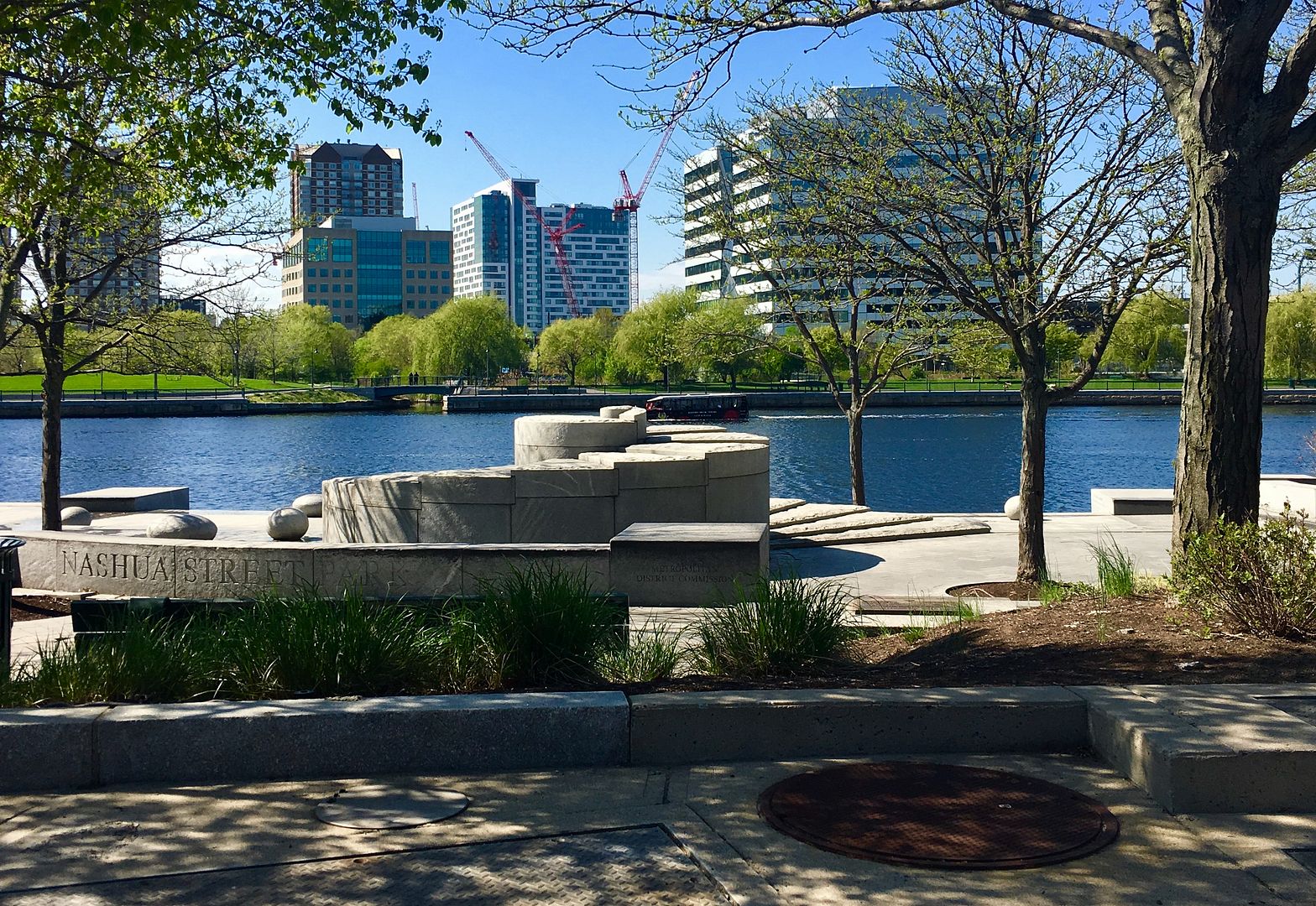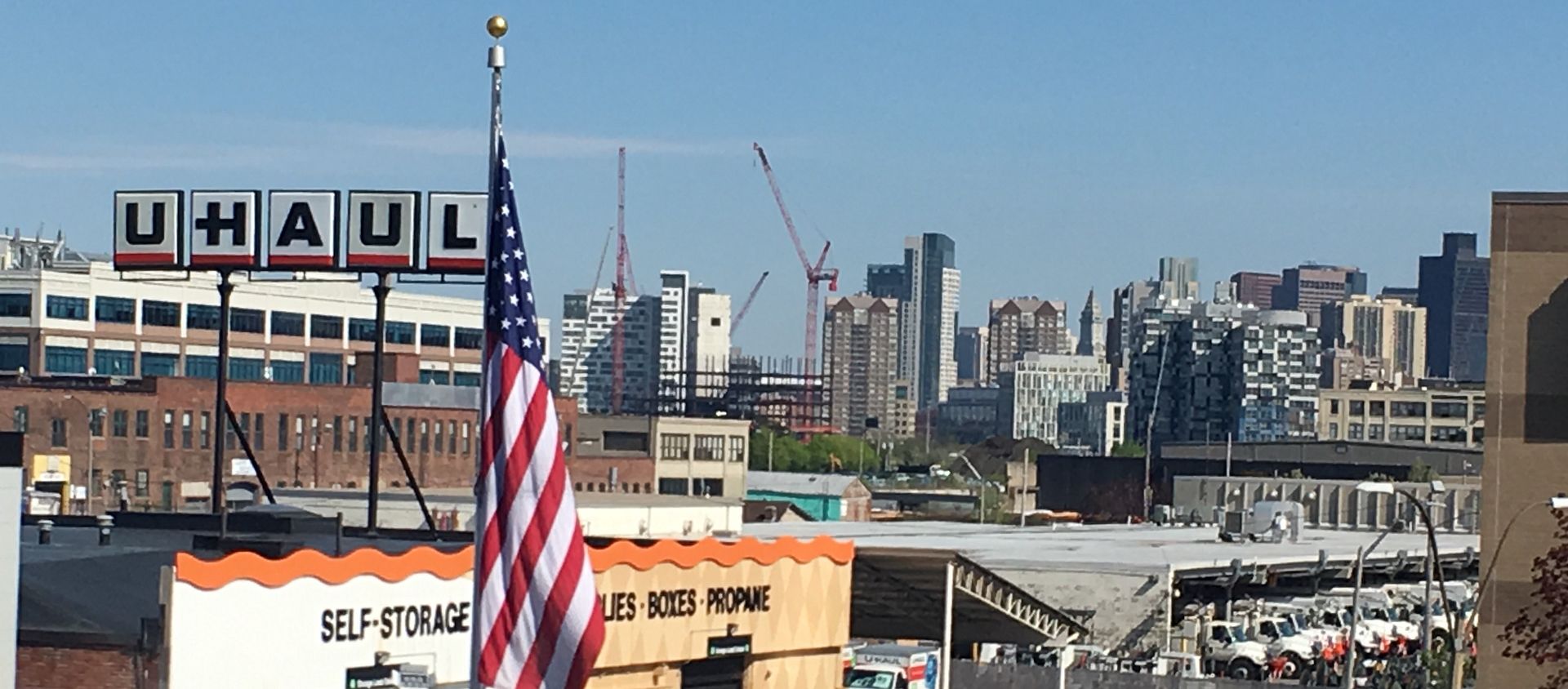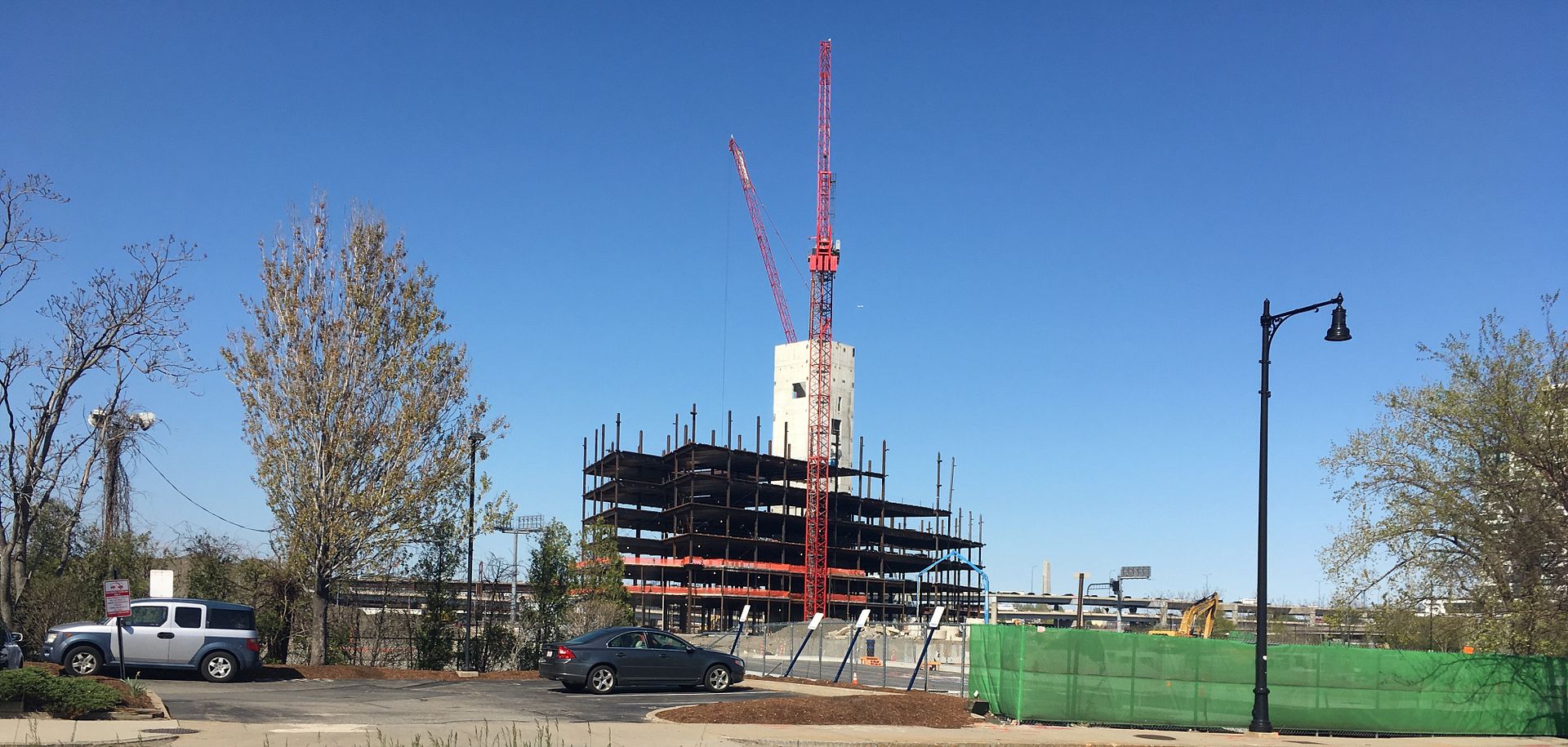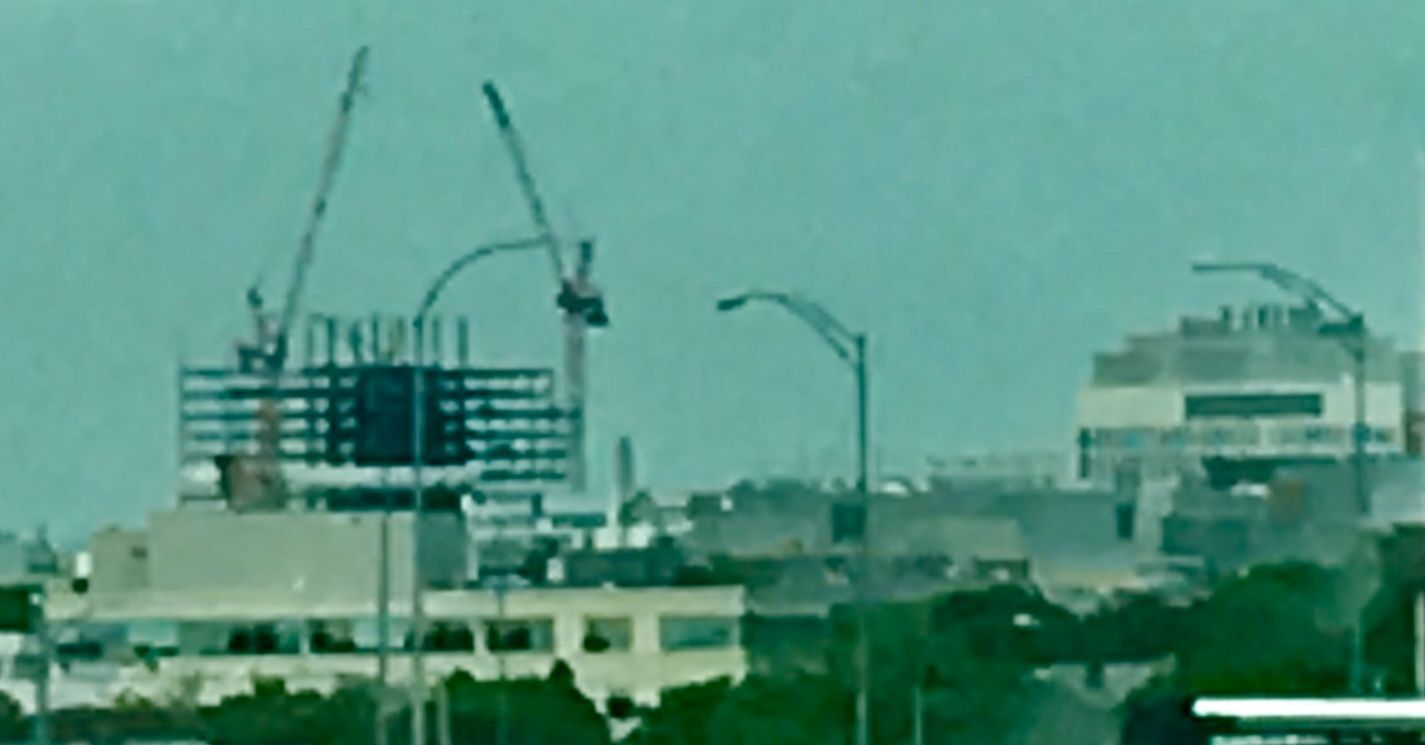You are using an out of date browser. It may not display this or other websites correctly.
You should upgrade or use an alternative browser.
You should upgrade or use an alternative browser.
Cambridge Infill and Small Developments
- Thread starter kz1000ps
- Start date
SeamusMcFly
Senior Member
- Joined
- Apr 3, 2008
- Messages
- 2,050
- Reaction score
- 110
About time.
Though I would truly like to see some type of performance venue included in whatever is developed.
I loved the original plan, but knew it was likely never to happen.
Something a neighborhood could really use though, is live entertainment.
Though I would truly like to see some type of performance venue included in whatever is developed.
I loved the original plan, but knew it was likely never to happen.
Something a neighborhood could really use though, is live entertainment.
Gameguy326
Active Member
- Joined
- Aug 18, 2015
- Messages
- 390
- Reaction score
- 98
I'm both happy and incredibly disappointed.
I would love, love, love to see some performing arts center to appear there, maybe in a mixed-use scenario. Still, if it's vaporware, it's vaporware, and no hope in holding out for vaporware, and developing something useful there would be better than nothing.
I would love, love, love to see some performing arts center to appear there, maybe in a mixed-use scenario. Still, if it's vaporware, it's vaporware, and no hope in holding out for vaporware, and developing something useful there would be better than nothing.
While performing arts space would undoubtedly make Kendall more 24/7 of a neighborhood, I see people fetishize it and try to make it fit many places it does not. If anything, we see market signals that there is an overabundance of space - though most of it is across the river, which bruises the Cantabridgian ego. Artists, of course, will always want more space, as competition would mean lower rental costs.
If more performing arts space is warranted, it will require significantly less subsidy than this lot would have (e.g. the Huntington Theater in the Fenway).
If more performing arts space is warranted, it will require significantly less subsidy than this lot would have (e.g. the Huntington Theater in the Fenway).
Gameguy326
Active Member
- Joined
- Aug 18, 2015
- Messages
- 390
- Reaction score
- 98
While performing arts space would undoubtedly make Kendall more 24/7 of a neighborhood, I see people fetishize it and try to make it fit many places it does not. If anything, we see market signals that there is an overabundance of space - though most of it is across the river, which bruises the Cantabridgian ego. Artists, of course, will always want more space, as competition would mean lower rental costs.
If more performing arts space is warranted, it will require significantly less subsidy than this lot would have (e.g. the Huntington Theater in the Fenway).
I'm confused as to why you think performing arts space isn't warranted in Kendall Square? And why you think we have an overabundance of performing arts spaces in the area? If anything there is a notable space crunch:
http://www.wbur.org/artery/2017/02/28/small-theaters-space-crunch
http://www.wbur.org/artery/2017/09/01/performing-arts-groups-space-problems
https://www.bostonglobe.com/metro/2...stic-exodus/bXJKe75GWa9QjeVluwchcK/story.html
If theaters could pay market rents, or close enough to them that a developer would subsidize them as an amenity, they would be built. Clearly they don't generate enough income suggesting that the market is not demanding more of them. One might argue, in fact, that in the case of a real shortage of theaters, there'd be enough charitable contributions to help support new theaters.
It's no surprise that theater performers want more spaces - that would mean lower rents and more availability of space for them. It's like the society of civil engineers wanting more infrastructure funding - potentially reasonable, but in their own interest
The article about central square has a lot more to do with Cambridge's ridiculously tight zoning limits in a dense commercial node atop a subway stop. Had they allowed even moderate growth in that area, rents would be considerably lower.
Besides the issue of zoning, though, artsy areas move over time in dynamic cities. Areas rise in fall in price and trendiness. It shouldn't be an enormous surprise to us that we see arts districts moving. The problem today is a lack of sufficient housing construction to allow filtering and creation of new cheaper districts.
It's no surprise that theater performers want more spaces - that would mean lower rents and more availability of space for them. It's like the society of civil engineers wanting more infrastructure funding - potentially reasonable, but in their own interest
The article about central square has a lot more to do with Cambridge's ridiculously tight zoning limits in a dense commercial node atop a subway stop. Had they allowed even moderate growth in that area, rents would be considerably lower.
Besides the issue of zoning, though, artsy areas move over time in dynamic cities. Areas rise in fall in price and trendiness. It shouldn't be an enormous surprise to us that we see arts districts moving. The problem today is a lack of sufficient housing construction to allow filtering and creation of new cheaper districts.
coleslaw
Active Member
- Joined
- Oct 3, 2013
- Messages
- 596
- Reaction score
- 0
If theaters could pay market rents, or close enough to them that a developer would subsidize them as an amenity, they would be built. Clearly they don't generate enough income suggesting that the market is not demanding more of them. One might argue, in fact, that in the case of a real shortage of theaters, there'd be enough charitable contributions to help support new theaters.
It's no surprise that theater performers want more spaces - that would mean lower rents and more availability of space for them. It's like the society of civil engineers wanting more infrastructure funding - potentially reasonable, but in their own interest
The article about central square has a lot more to do with Cambridge's ridiculously tight zoning limits in a dense commercial node atop a subway stop. Had they allowed even moderate growth in that area, rents would be considerably lower.
Besides the issue of zoning, though, artsy areas move over time in dynamic cities. Areas rise in fall in price and trendiness. It shouldn't be an enormous surprise to us that we see arts districts moving. The problem today is a lack of sufficient housing construction to allow filtering and creation of new cheaper districts.
All hail lord market determiner of the necessity of all things.
^^
I think the paucity of performing arts spaces in this city - especially music - is more due to the fact that margins are thin for small and mid size performing spaces, which pretty much makes it impossible when building even a quiet residential development takes years and every last ounce of blood, sweat and tears extracted from the developer. Factor in angry neighbors throwing tantrums over loud music and the absurdly high pricing for 1) an on-license establishment with 2) license to serve late and 3) whatever permits are required to allow performances, you're pretty much sinking most would-be establishments.
I think the paucity of performing arts spaces in this city - especially music - is more due to the fact that margins are thin for small and mid size performing spaces, which pretty much makes it impossible when building even a quiet residential development takes years and every last ounce of blood, sweat and tears extracted from the developer. Factor in angry neighbors throwing tantrums over loud music and the absurdly high pricing for 1) an on-license establishment with 2) license to serve late and 3) whatever permits are required to allow performances, you're pretty much sinking most would-be establishments.
All hail lord market determiner of the necessity of all things.
So that's not what I'm saying.
I think we can all agree that the City of Cambridge MA has not exactly done a bang up job planning Kendall Square and turning it into a 24 hour neighborhood. Similarly this forum is full of tales of how biased and unrepresentative public hearings and meetings on development are.
Given our choices, I would rather see how people spend (and donate!) their money as a representative of community intentions than have this enforced from the top - especially when development is so difficult that we are in the midst of a massive housing crisis. I'm all ears for another solution
TallIsGood
Active Member
- Joined
- May 30, 2006
- Messages
- 539
- Reaction score
- 129
The market is a much better arbiter than any government agency.
Equilibria
Senior Member
- Joined
- May 6, 2007
- Messages
- 7,086
- Reaction score
- 8,325
Design review for 50 Rogers:
http://www.cambridgema.gov/~/media/...43amdt3/sp243_designreview_20180507.pdf?la=en
That courtyard is pretty bad, but hey, you'll have to live there to see it. The outside is quite nice.
http://www.cambridgema.gov/~/media/...43amdt3/sp243_designreview_20180507.pdf?la=en
That courtyard is pretty bad, but hey, you'll have to live there to see it. The outside is quite nice.
Subdivisions
Active Member
- Joined
- May 29, 2013
- Messages
- 245
- Reaction score
- 589
strictly from a visual standpoint I like the old iteration better (with the common area balconies and exposed concrete). I understand that a hulking concrete apt building isn't everyone's cup of tea and that it needed major rehab work. so it's just my 2 cents

vs


vs

- Joined
- May 25, 2006
- Messages
- 7,034
- Reaction score
- 1,874
For fucks sake. I love Brutalist buildings and I get that they are often hard to love but there are ways of renovating them to make them more approachable. This is just turning it into just another shitty asymmetrical pattern tower which we have far too many of. What a disgrace.
I didn't even know this had happened, is there a thread about it?
I didn't even know this had happened, is there a thread about it?
Charlie_mta
Senior Member
- Joined
- Jul 15, 2006
- Messages
- 4,563
- Reaction score
- 6,491
I liked the old original look much better. This one looks like the building dropped some acid.
GoodI liked the old original look much better. This one looks like the building dropped some acid.
odurandina
Senior Member
- Joined
- Dec 1, 2015
- Messages
- 5,328
- Reaction score
- 265
i like it. looks decent enough.
compared to the skin it's replacing: significant improvement.
compared to the skin it's replacing: significant improvement.
Design review for 50 Rogers:
http://www.cambridgema.gov/~/media/...43amdt3/sp243_designreview_20180507.pdf?la=en
That courtyard is pretty bad, but hey, you'll have to live there to see it. The outside is quite nice.
Kinda wish the Mormon Church had used RFRA to build something much larger here.
Boston02124
Senior Member
- Joined
- Sep 6, 2007
- Messages
- 6,893
- Reaction score
- 6,639
Brad Plaid
Senior Member
- Joined
- Jan 17, 2013
- Messages
- 1,310
- Reaction score
- 1,559
Design review for 50 Rogers:
http://www.cambridgema.gov/~/media/...43amdt3/sp243_designreview_20180507.pdf?la=en
That courtyard is pretty bad, but hey, you'll have to live there to see it. The outside is quite nice.
This proposal is fine as far as it goes but it needs to go further, another 4 or so floors should be added. This kind of boutique residential shouldn't be in this location which can handle many more units. Industrial strength density is what will get the housing shortage across the finish line. As is this barely registers.
Boston02124
Senior Member
- Joined
- Sep 6, 2007
- Messages
- 6,893
- Reaction score
- 6,639

